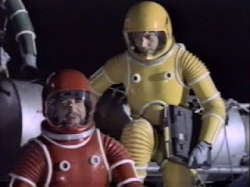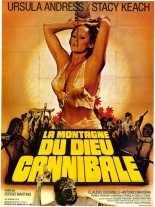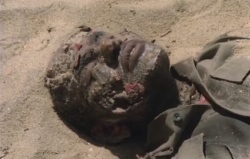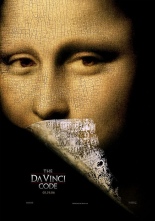
 When Dan Brown’s The Da Vinci Code hit it big — and “big” really isn’t an accurate word for it — it was inevitable that Hollywood would pounce to make it into a movie. It also was inevitable that the result would mine box-office gold. What I didn’t expect is that said motion picture would be a leaden, crashing bore.
When Dan Brown’s The Da Vinci Code hit it big — and “big” really isn’t an accurate word for it — it was inevitable that Hollywood would pounce to make it into a movie. It also was inevitable that the result would mine box-office gold. What I didn’t expect is that said motion picture would be a leaden, crashing bore.
Say what you will about Brown’s book — that means you, offended Catholics and people who now pretend they never liked it when they totally once did — but there’s no denying that sucker had a pace that rivaled a toddler after downing a sippy cup full of Red Bull. By comparison, Ron Howard’s The Da Vinci Code — already overlong at 149 minutes — crawls on the floor, about as speedily as the assassinated character who opens the film, with every scene drawn out past its welcome, overstuffed with interminable speeches. There’s something to be said for brevity – a concept likely eradicated from Opie’s brain once he won the Best Director Oscar.
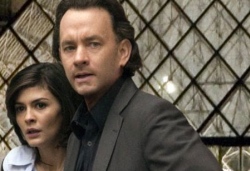 It makes one colossal mistake: treating the source material as if it were literature. Look, I loved reading Code, but it’s a B-level thriller. Screenwriter Akiva Goldsman treats it as if it were a work of serious art, where every sentence had been constructed with precious care, like a Jenga tower, with designs on a Pulitzer Prize. In doing so, the fun is sucked clean out of it, leaving us with one history lesson (and quasi-history lesson) after another, all of which numb our attention. Although it hews closely to the original story, there’s nothing here that sheds light on why the novel sold 2 bazillion copies and counting.
It makes one colossal mistake: treating the source material as if it were literature. Look, I loved reading Code, but it’s a B-level thriller. Screenwriter Akiva Goldsman treats it as if it were a work of serious art, where every sentence had been constructed with precious care, like a Jenga tower, with designs on a Pulitzer Prize. In doing so, the fun is sucked clean out of it, leaving us with one history lesson (and quasi-history lesson) after another, all of which numb our attention. Although it hews closely to the original story, there’s nothing here that sheds light on why the novel sold 2 bazillion copies and counting.
Things distract us: Tom Hanks’ ill-advised academic mullet, Audrey Tautou’s neck mole, Ian McKellen’s shameless honey-baked ham of a performance. The listless tempo carries with it an unintended side effect: highlighting how entirely preposterous Brown’s puzzle-upon-puzzle plot is. Never mind how an old man with mere minutes to live could plant hidden clue upon hidden clue by the razor-thin chance that the people he intended to follow it would indeed — one wonders why the treasure hunt be so elongated when, honestly, it needs no steps beyond the first one. That’s something easily forgiven in the reading experience (if thought is even given to it at all), but maddeningly apparent in the movies. —Rod Lott

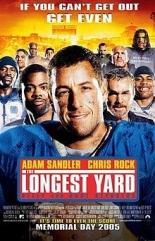
 The original
The original 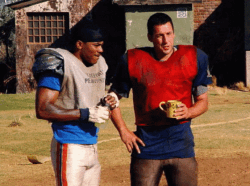
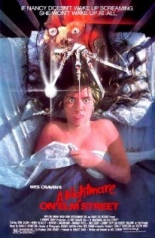
 I am unconvinced that Wes Craven is a great horror director. I’m not honestly sure he’s even a good one. His filmography is at best spotty; some watchable films, many outright stinkers, one great grindhouse flick (
I am unconvinced that Wes Craven is a great horror director. I’m not honestly sure he’s even a good one. His filmography is at best spotty; some watchable films, many outright stinkers, one great grindhouse flick (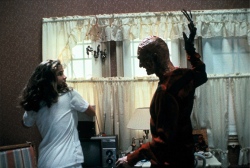
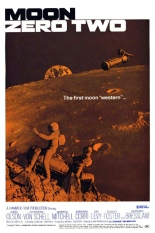
 Hammer Film Productions was and is known for horror, but give the group credit for its one and only attempt at a sci-fi Western in
Hammer Film Productions was and is known for horror, but give the group credit for its one and only attempt at a sci-fi Western in 